Chris Morris - 301 Top Tips for Design Engineers
Here you can read online Chris Morris - 301 Top Tips for Design Engineers full text of the book (entire story) in english for free. Download pdf and epub, get meaning, cover and reviews about this ebook. year: 2021, publisher: Austin Macauley Publishers, genre: Romance novel. Description of the work, (preface) as well as reviews are available. Best literature library LitArk.com created for fans of good reading and offers a wide selection of genres:
Romance novel
Science fiction
Adventure
Detective
Science
History
Home and family
Prose
Art
Politics
Computer
Non-fiction
Religion
Business
Children
Humor
Choose a favorite category and find really read worthwhile books. Enjoy immersion in the world of imagination, feel the emotions of the characters or learn something new for yourself, make an fascinating discovery.

- Book:301 Top Tips for Design Engineers
- Author:
- Publisher:Austin Macauley Publishers
- Genre:
- Year:2021
- Rating:5 / 5
- Favourites:Add to favourites
- Your mark:
- 100
- 1
- 2
- 3
- 4
- 5
301 Top Tips for Design Engineers: summary, description and annotation
We offer to read an annotation, description, summary or preface (depends on what the author of the book "301 Top Tips for Design Engineers" wrote himself). If you haven't found the necessary information about the book — write in the comments, we will try to find it.
301 Top Tips for Design Engineers — read online for free the complete book (whole text) full work
Below is the text of the book, divided by pages. System saving the place of the last page read, allows you to conveniently read the book "301 Top Tips for Design Engineers" online for free, without having to search again every time where you left off. Put a bookmark, and you can go to the page where you finished reading at any time.
Font size:
Interval:
Bookmark:
To Help You Measure Up in the
World of Engineering
Chris Morris
Austin Macauley Publishers
2021-02-26
Chris studied mechanical and production engineering at Nottingham Trent Polytechnic.
He worked within the engineering industry for 49 years, starting as an apprentice at age 16 with Royal Ordnance (UK MoD), BAE Systems, JCB Ltd and other organisations. He was responsible for the design and production of highly complex precision products.
During his long career, his roles have included technician apprentice, skilled fitter, assistant foreman, drawing office draughtsman, production engineer, tooling engineer, leading CAD draughtsman, CAD supervisor, engineering design services team leader and senior design engineer.
He has witnessed and summarised numerous wise-working practices, which have been shared in his book.
He lives in Nottingham and is married with two sons.
To Helen Morris
Chris Morris (2021)
The right of Chris Morris to be identified as author of this work has been asserted by the author in accordance with section 77 and 78 of the Copyright, Designs and Patents Act 1988.
All rights reserved. No part of this publication may be reproduced, stored in a retrieval system, or transmitted in any form or by any means, electronic, mechanical, photocopying, recording, or otherwise, without the prior permission of the publishers.
Any person who commits any unauthorised act in relation to this publication may be liable to criminal prosecution and civil claims for damages.
A CIP catalogue record for this title is available from the British Library.
ISBN 9781528994477 (Paperback)
ISBN 9781528994484 (ePub e-book)
www.austinmacauley.com
First Published (2021)
Austin Macauley Publishers Ltd
25 Canada Square
Canary Wharf
London
E14 5LQ
The following tips are in addition to your technical training and are for basic guidance only from my perspective as a mechanical design and production engineer and include many personal opinions.
You should always consult your company standards and procedures for approved working methods.
I have been employed by some excellent engineering organisations in my 49-year career, these have included:
The Ministry of Defence Royal Ordnance Factory in Nottingham. I served my apprenticeship there and learned from some highly skilled people. I studied mechanical and production engineering during and after my apprenticeship. Not long after finishing my apprenticeship, I was given a go at being an assistant foreman in the fitting department. After that, I started work in the production drawing office designing jigs, fixtures, tools, gauges and general equipment also product design work and became CAD Supervisor training approximately sixty CAD operators.
The jobs Ive held at Royal Ordnance were:
Engineering design services team leader
CAD system supervisor
Tooling engineer
Production engineer
Leading CAD draughtsman
Production drawing office draughtsman
Assistant foreman fitting department
Skilled fitter
Ministry of Defence technician apprentice
The factory produced many types of precision engineering products, from small arms to heavy artillery and armoured vehicles, so the design work was extremely varied and complex.
After the ordnance factory closed in 2001, I worked for a design contract company and carried out CAD design work for BAE Systems, Rolls Royce, J C Bamford Ltd and other companies. It was interesting to experience the very different ways of working between the companies even though they were generally using the same design, production and business software!
I became a permanent employee at JCB Ltd and was a senior design engineer, helping to design some of the many tools that can be attached to construction machines. I also worked on vehicle upgrade kits and manuals for worldwide distribution, working with people in countries such as India, China and the USA. All varied and complex work which I enjoyed learning about right up until my last day.
Ive helped with the design of many military weapons and armoured vehicles, probably best if I dont go into details as Ive signed the official secrets act! It was all precision engineering, with highly complex strong forces and very interesting to design.
Ive designed hundreds of machining fixtures, welding fixtures, drill jigs, machining tools, inspection gauges and various types of production equipment and also created thousands of production stage drawings for manufacture.
Ive also been involved in the design of military weapons, armoured vehicles, construction vehicles and construction equipment.
I started to design using a drawing board in 1972. A CAD workstation appeared in the drawing office in 1985, so from then onwards I used computer design, starting with wire frame models and around 1995 using solid modelling. I was trained mainly in Unigraphics NX and also in ProEngineer, Autocad and Ferretti CAMX.
Just to demonstrate how computers have improved, in the early days, I managed to slow down all the computers on the factory site where I worked. All our computers were run from a mainframe which filled a room. Our first CAD was 2D lines only, which would slowly and gracefully appear on the screen, this then developed to 3D wireframe. I naively thought I would try out some 3D solid modelling, this stopped my computer and slowed the whole mainframe, resulting in a slapped wrist from the IT manager. I had to wait a few more years before having another go when computers had vastly improved.
Here are some tips that you wont see in a reference book. They will help prevent new design engineers being a LAMB TO THE SLAUGHTER and to plan ahead!

Chris Morris
For guidance only and shows Best Practice
Create your own guides to help employees. Complex CAD software can be used in many different ways. This is very confusing for all concerned, so its best to have a guide.
Make sure that all CAD designers Use the software in a similar way. This will reduce the likelihood of errors and make it easier when multiple designers are working on the same job.
See Appendix B for an example of a CAD guide.
Make sure your CAD workstations are fully occupied if possible. The cost of a workstation is about the same as employing a design engineer, as yearly software licences are very expensive. You may be pressured by management into reducing the number of workstations if they are seen to be unused. You may also end up having to hot-desk where a number of designers have to use the same workstation on rotation.
Consider the Layout of your CAD workstations. At Royal Ordnance we had a CAD Room with about 15 CAD Workstations used mainly by permanent CAD operators. This worked well. If an operator had a CAD problem they would shout out, Anyone know how to? and they usually got help straight away. When CAD workstations where scattered around the large design office, this didnt happen of course.
Font size:
Interval:
Bookmark:
Similar books «301 Top Tips for Design Engineers»
Look at similar books to 301 Top Tips for Design Engineers. We have selected literature similar in name and meaning in the hope of providing readers with more options to find new, interesting, not yet read works.
Discussion, reviews of the book 301 Top Tips for Design Engineers and just readers' own opinions. Leave your comments, write what you think about the work, its meaning or the main characters. Specify what exactly you liked and what you didn't like, and why you think so.


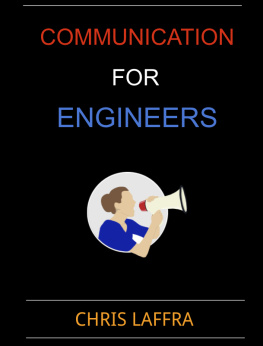

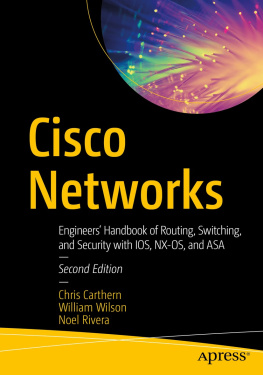
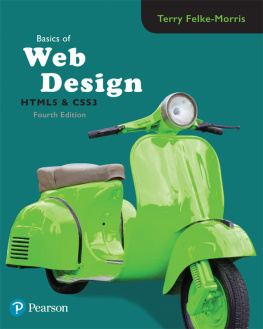
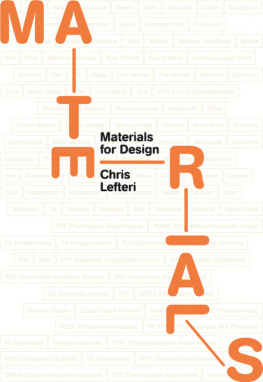
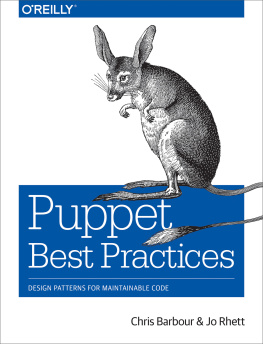

![Chris Crawford [Chris Crawford] - Chris Crawford on Game Design](/uploads/posts/book/119438/thumbs/chris-crawford-chris-crawford-chris-crawford-on.jpg)
![Chris Bateman [Chris Bateman] - Beyond Game Design: Nine Steps Toward Creating Better Videogames](/uploads/posts/book/119409/thumbs/chris-bateman-chris-bateman-beyond-game-design.jpg)